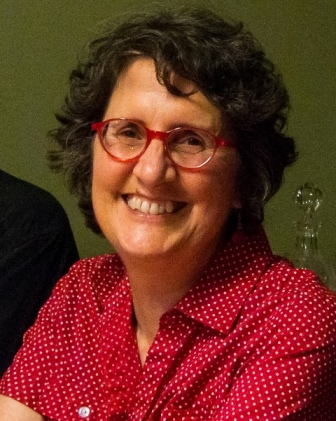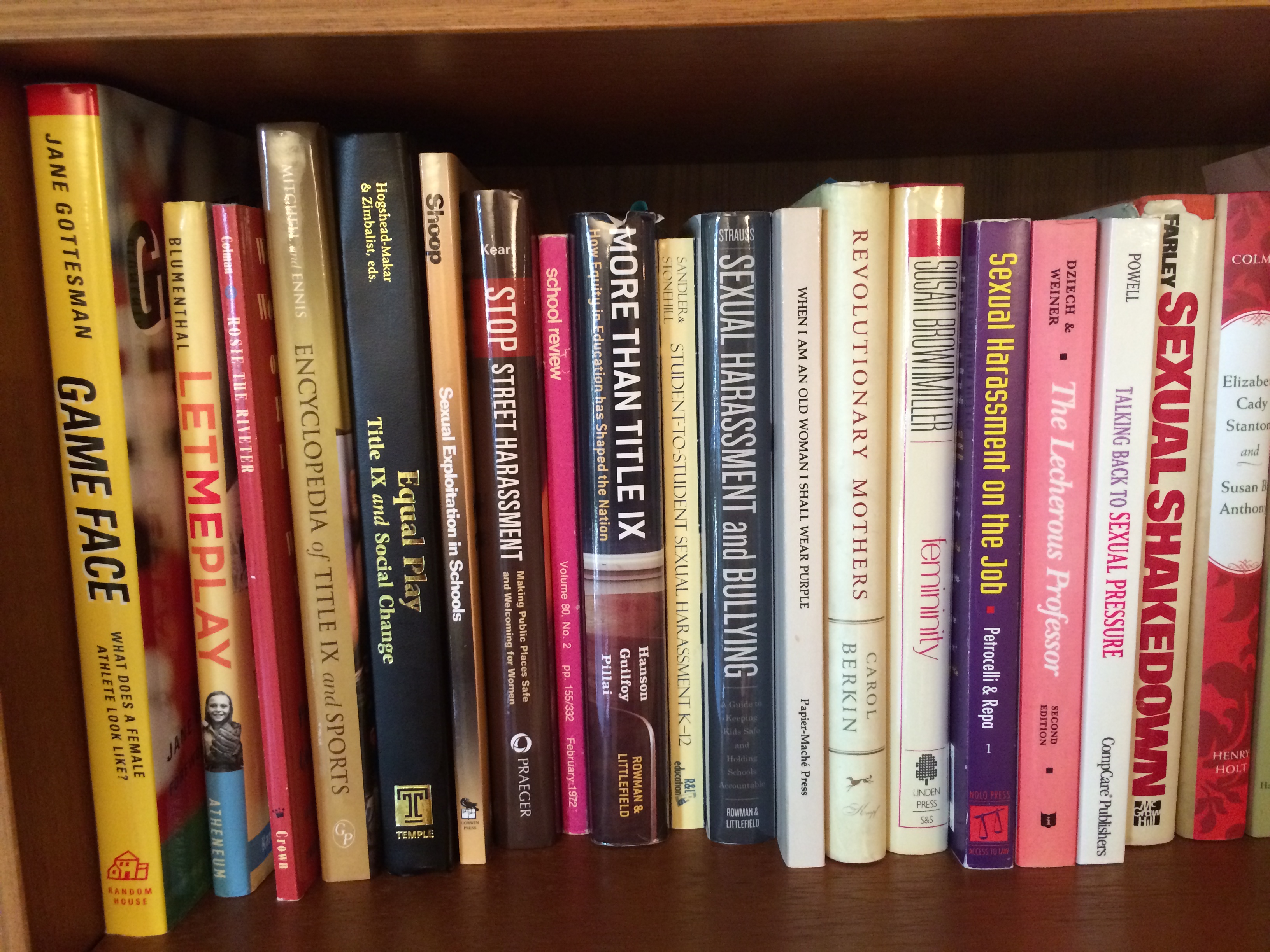Media amplify Title IX controversies
Journalists’s coverage of Title IX disputes put the heat on government and educational institutions to deal with sex discrimination, from Cheryl Fields at The Chronicle of Higher Education in the 1970s to Tyler Kingkade at the Huffington Post and BuzzFeed today. Their stories about feminism and the backlashes against it are time capsules of two different eras with some persistent problems. (See the video interview with Fields, above.)
Fields’s beat (the federal government as it relates to education) justified covering Title IX issues and reached a dedicated audience of academic readers of the print weekly newspaper. Kingkade carved an online niche that reaches millions through his prolific coverage of sexual violence and harassment since 2012, coinciding with an Office for Civil Rights memo and student protests rocketing those issues into the news.
Journalists who paved the way for them, though, had to push harder to get women’s issues covered in a serious fashion as the women’s movement grew exponentially in the late 1960s and 1970s.
In 1969, Vera Glaser asked a pivotal question at President Richard Nixon’s second news conference after his re-election. The Washington Bureau Chief for the North American Newspaper Alliance syndicate serving about 90 newspapers around the world, Glaser asked, “Mr. President, since you’ve been inaugurated, you have made approximately 200 presidential appointments, and only three of them have gone to women. Can we expect some more equitable recognition of women’s abilities, or are we going to remain the lost sex?” President Nixon and the male journalists present laughed at first, but the attention later moved Nixon to create a Presidential Task Force on Women’s Rights and Responsibilities and to take small steps toward equity for women. (Nixon later would sign the Education Amendments of 1972, which included Title IX.)
The televised press conference caught the eye of Labor Department researcher Catherine East, who supplied Glaser with statistics that inspired a five-part series on feminism in 1969. The stories ran in newspapers across the country and were noticed by Bernice Sandler (the “godmother” of Title IX) around the time she was wondering why she couldn’t get a job despite her new doctoral degree in education.
A year later, the first of seven documentaries reported and produced by Marlene Sanders on “Women’s Liberation” aired on ABC News. Unlike the dismissive tones that most male correspondents used to describe the women’s movement, Sanders treated it with respect, recognizing its growing impact on society. In contrast, a male correspondent for ABC Evening News in 1970 described a groundbreaking march by more than 50,000 feminists in New York City and affiliated demonstrations across the country by saying, “Three things have been difficult to tame. The ocean, fools, and women. We may soon be able to tame the ocean, but fools and women will take a little longer.”
Fields joined The Chronicle of Higher Education in January 1970, the month Bernice Sandler filed the first federal complaints against sex discrimination in education (precursors to Title IX). At one point, Fields got the Office for Civil Rights (OCR) to quantify its response, saying it was investigating 29 educational institutions, though it wouldn’t name them.
Today, the OCR names the institutions it’s investigating. Progress! But it still takes a good reporter to get at all the information. Kingkade recently reported that there are far more Title IX investigations of colleges and universities for sexual misconduct than most people realize because the OCR keeps separate lists of investigations for sexual assault or sexual harassment. Combined, the number reached 315 ongoing investigations in higher education in June 2016, which doesn’t include K-12 schools or investigations of complaints for other reasons such as inequities in athletics.
The Chronicle of Higher Education this year celebrates 50 years of delivering news about a segment of society. Its pages today display renewed attention to some of the same issues that consumed much of academia in the 1960s-1970s — diversity, equity, free speech — with much of it addressing sex or race.
Online, curatorial and search abilities create a wide audience for very specific topics, allowing Kingkade and other reporters to focus exclusively on beats like sexual misconduct that would have been too narrow to sustain before the Internet. The fact that there’s plenty for him to cover suggests how far society has yet to go in achieving the feminist principles behind Title IX. His stories reflect progress, though, too, by the mere fact that the reporter who has delivered the most and the best reporting on Title IX in recent years is a man.







Another very interesting post. How amazing to have these folks who saw it all unwind.The video is terrific.